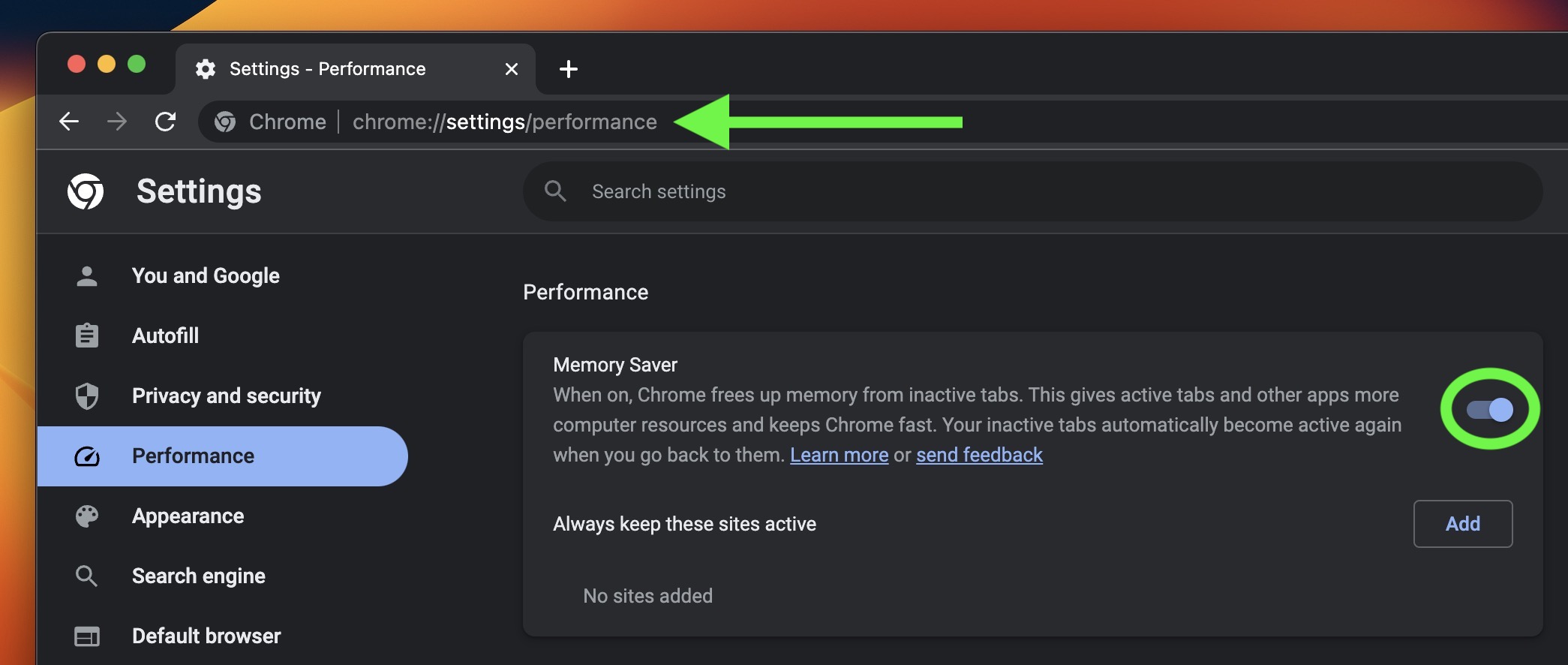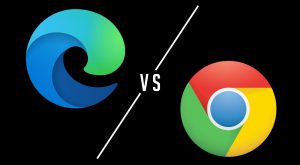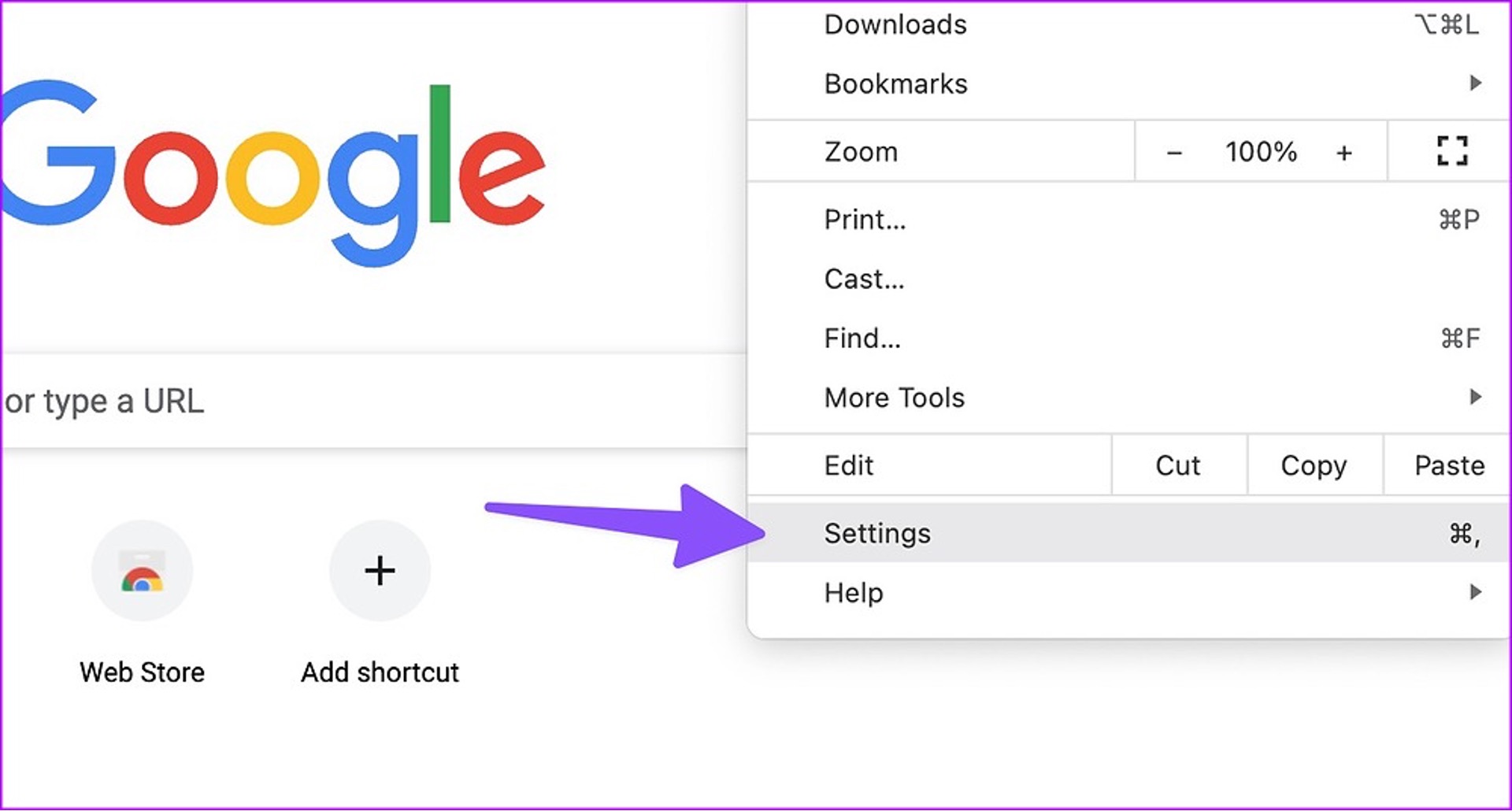Disable Unused Extensions
One of the most effective ways to reduce memory usage in Chrome is by disabling unused extensions. While extensions can add valuable functionality to your browsing experience, having too many active at once can significantly impact your browser's performance and memory consumption.
To begin, navigate to the Chrome menu by clicking on the three-dot icon in the top-right corner of the browser window. From there, select "More tools" and then "Extensions." This will display a list of all the extensions currently installed in your browser.
Next, carefully review the list and identify any extensions that you rarely or never use. These could include outdated tools, redundant features, or ones that were installed for a specific purpose but are no longer necessary. Once you've identified these unused extensions, simply click on the toggle switch next to each one to disable it.
By disabling unused extensions, you can free up valuable memory resources and streamline Chrome's performance. This can lead to faster loading times, smoother browsing, and an overall more responsive user experience. Additionally, reducing the number of active extensions can also help improve browser security and stability by minimizing potential conflicts between different add-ons.
Regularly reviewing and disabling unused extensions is a proactive way to optimize Chrome's memory usage and ensure that only the most essential tools remain active. This simple yet impactful practice can contribute to a more efficient and enjoyable browsing experience, allowing you to make the most of Chrome's capabilities while minimizing its memory footprint.
Use the Built-in Task Manager
Chrome's built-in Task Manager is a powerful tool that provides valuable insights into the resource usage of individual tabs, extensions, and processes running within the browser. By leveraging this feature, users can gain a comprehensive understanding of how memory is allocated and identify potential culprits contributing to excessive memory consumption.
To access the Task Manager, simply right-click on the Chrome title bar or use the shortcut Shift + Esc while the browser is open. This will open the Task Manager window, which presents a detailed breakdown of all active processes and their respective memory and CPU usage. The Task Manager also provides information about network activity, allowing users to pinpoint any tabs or extensions that may be consuming an inordinate amount of resources.
Upon opening the Task Manager, users can quickly assess which tabs or extensions are utilizing the most memory and CPU, enabling them to make informed decisions about which elements to prioritize or close. This level of granular visibility empowers users to take proactive measures to optimize memory usage, such as selectively closing resource-intensive tabs or identifying and disabling problematic extensions.
Furthermore, the Task Manager allows users to end specific processes directly from the interface, providing a convenient means to address memory-hungry elements without disrupting the entire browsing session. This level of control is invaluable for managing memory usage in real time, as users can swiftly address any performance bottlenecks or excessive resource consumption without having to resort to restarting the browser.
By regularly utilizing the built-in Task Manager, users can develop a proactive approach to managing Chrome's memory usage. This tool serves as a window into the inner workings of the browser, offering real-time visibility and control over resource allocation. Through informed decision-making and targeted intervention, users can effectively optimize memory usage, enhance browsing performance, and ensure a smoother and more responsive experience within the Chrome browser.
Clear Browsing Data Regularly
Regularly clearing browsing data is a fundamental practice for optimizing memory usage and maintaining the overall performance of the Chrome browser. As users navigate the web, their browsing activities accumulate a variety of data, including cached files, cookies, and browsing history. While these elements can enhance the browsing experience by expediting access to frequently visited sites and storing user preferences, they can also contribute to increased memory consumption over time.
To clear browsing data in Chrome, users can access the browser's settings by clicking on the three-dot icon in the top-right corner and selecting "Settings." From there, they can navigate to the "Privacy and security" section and choose "Clear browsing data." This will open a window where users can select the types of data they wish to clear, such as browsing history, cookies, cached images and files, and more. Additionally, users can specify the time range for which they want to clear the data, providing flexibility in managing their browsing history.
By regularly clearing browsing data, users can effectively free up memory resources that would otherwise be occupied by unnecessary cached files and other browsing artifacts. This can lead to improved browser performance, faster loading times, and a more responsive user experience. Furthermore, clearing browsing data can enhance privacy and security by removing potentially sensitive information that may have been stored during browsing sessions.
In addition to manual clearing, Chrome also offers the option to automate the process of clearing browsing data. Users can access the "Privacy and security" settings and navigate to "Site settings" and then "Cookies and site data." Here, they can enable the "Clear cookies and site data when you quit Chrome" option, ensuring that browsing data is regularly purged upon exiting the browser. This automated approach streamlines the maintenance of browsing data, providing a convenient way to manage memory usage without requiring manual intervention.
By incorporating the practice of regularly clearing browsing data into their browsing habits, users can proactively manage memory usage in Chrome and maintain a lean and efficient browsing environment. This simple yet impactful measure can contribute to a smoother and more responsive browsing experience, allowing users to make the most of Chrome's capabilities while minimizing its memory footprint.
Update Chrome to the Latest Version
Updating Chrome to the latest version is a crucial step in optimizing memory usage and ensuring the overall performance and security of the browser. Google regularly releases updates to Chrome, incorporating enhancements, bug fixes, and performance optimizations that can directly impact memory management and efficiency.
When users run an outdated version of Chrome, they may encounter performance issues and heightened memory consumption due to unaddressed bugs or inefficiencies present in older iterations of the browser. By updating to the latest version, users can benefit from the latest improvements and optimizations, including those specifically designed to enhance memory usage and streamline resource allocation.
To update Chrome, users can access the browser's menu by clicking on the three-dot icon in the top-right corner and selecting "Help" followed by "About Google Chrome." This will trigger Chrome to check for updates and automatically download and install the latest version if one is available. Alternatively, users can manually download the latest version of Chrome from the official website and install it to ensure they are running the most up-to-date iteration of the browser.
By staying current with Chrome updates, users can take advantage of performance enhancements and memory optimizations that have been implemented in newer versions. These updates may include improvements to memory management algorithms, enhanced resource allocation strategies, and bug fixes targeting memory-related issues, all of which can contribute to a more efficient and responsive browsing experience.
Furthermore, updating Chrome is essential for maintaining browser security, as newer versions often contain patches for known vulnerabilities and security threats. By ensuring that Chrome is running the latest version, users can benefit from the latest security features and protections, reducing the risk of encountering security-related memory issues or performance compromises.
In summary, updating Chrome to the latest version is a proactive measure that can directly impact memory usage, performance, and security. By staying current with updates, users can leverage the latest optimizations and enhancements, leading to improved memory management, a more responsive browsing experience, and enhanced security posture within the Chrome browser.
Enable Hardware Acceleration
Enabling hardware acceleration in Chrome can significantly improve the browser's performance and reduce memory usage by offloading certain tasks to the computer's GPU (Graphics Processing Unit). By leveraging the GPU's processing power for rendering graphics and executing complex tasks, hardware acceleration can alleviate the burden on the CPU and system memory, leading to smoother browsing and enhanced responsiveness.
To enable hardware acceleration in Chrome, users can access the browser's settings by clicking on the three-dot icon in the top-right corner and selecting "Settings." From there, they can navigate to the "Advanced" section and then "System." Here, users can toggle the "Use hardware acceleration when available" option to enable this feature.
Once hardware acceleration is enabled, Chrome will utilize the GPU to accelerate tasks such as rendering web content, executing complex animations, and processing multimedia elements. By leveraging the GPU's parallel processing capabilities, Chrome can deliver a more seamless and efficient browsing experience, particularly when handling visually intensive web content.
It's important to note that while hardware acceleration can enhance performance and reduce memory usage, its effectiveness may vary depending on the computer's hardware configuration. Systems with dedicated GPUs or integrated graphics solutions are more likely to experience noticeable improvements in browsing performance when hardware acceleration is enabled.
Furthermore, enabling hardware acceleration can lead to smoother video playback, improved graphics rendering, and faster loading times for web pages that contain resource-intensive visual elements. By leveraging the GPU's capabilities, Chrome can optimize the handling of multimedia content, resulting in a more immersive and responsive browsing experience.
In summary, enabling hardware acceleration in Chrome can have a tangible impact on performance and memory usage by leveraging the GPU's processing power for rendering and executing tasks. By offloading certain computations to the GPU, Chrome can deliver a more efficient and visually engaging browsing experience while reducing the strain on the CPU and system memory. Users with capable hardware configurations can benefit from enabling hardware acceleration to optimize Chrome's performance and memory management.
Limit the Number of Open Tabs
Limiting the number of open tabs in the Chrome browser is a practical strategy for optimizing memory usage and enhancing overall browsing performance. While the convenience of having multiple tabs open simultaneously can facilitate multitasking and quick access to various web pages, it can also exert a significant impact on memory consumption, particularly on systems with limited resources.
Each open tab in Chrome represents a separate instance of a web page, consuming system memory to store and manage the content, scripts, and resources associated with that page. As the number of open tabs increases, so does the cumulative memory footprint, potentially leading to performance degradation and increased strain on system resources.
By consciously limiting the number of open tabs, users can mitigate excessive memory usage and promote a more efficient browsing experience. This practice involves periodically evaluating the tabs that are actively in use and closing those that are no longer needed or relevant. By doing so, users can free up memory resources that would otherwise be allocated to maintaining inactive tabs, thereby optimizing memory usage and enhancing the responsiveness of the browser.
In addition to reducing memory consumption, limiting the number of open tabs can contribute to a more organized and focused browsing environment. By prioritizing essential tabs and closing unnecessary ones, users can streamline their browsing experience, minimize visual clutter, and maintain better control over their active web content. This can lead to improved productivity and a more seamless navigation experience within the browser.
Furthermore, by adopting a mindful approach to tab management, users can cultivate a browsing habit that aligns with efficient memory usage and overall system performance. This proactive mindset encourages users to assess their tab usage regularly, prioritize essential content, and exercise restraint in opening excessive tabs, ultimately contributing to a more optimized and responsive browsing experience.
In summary, limiting the number of open tabs in the Chrome browser is a practical and effective measure for optimizing memory usage and promoting a more efficient browsing experience. By exercising discretion in tab management and prioritizing essential content, users can reduce memory consumption, enhance system performance, and foster a more organized and focused browsing environment. This approach aligns with the goal of optimizing memory usage while maintaining a productive and responsive browsing experience.

























